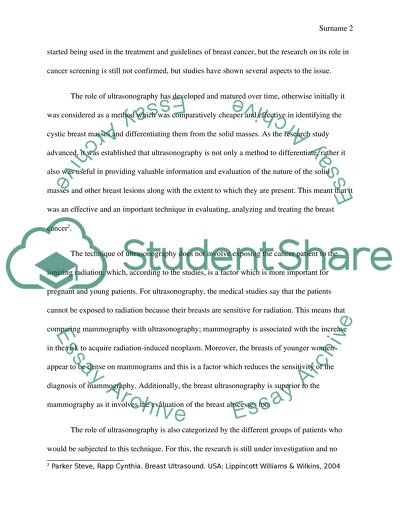Cite this document
(“Ultrasonography in Breast Cancer Research Paper - 1”, n.d.)
Ultrasonography in Breast Cancer Research Paper - 1. Retrieved from https://studentshare.org/physics/1612216-ultrasonography-in-breast-cancer
Ultrasonography in Breast Cancer Research Paper - 1. Retrieved from https://studentshare.org/physics/1612216-ultrasonography-in-breast-cancer
(Ultrasonography in Breast Cancer Research Paper - 1)
Ultrasonography in Breast Cancer Research Paper - 1. https://studentshare.org/physics/1612216-ultrasonography-in-breast-cancer.
Ultrasonography in Breast Cancer Research Paper - 1. https://studentshare.org/physics/1612216-ultrasonography-in-breast-cancer.
“Ultrasonography in Breast Cancer Research Paper - 1”, n.d. https://studentshare.org/physics/1612216-ultrasonography-in-breast-cancer.


